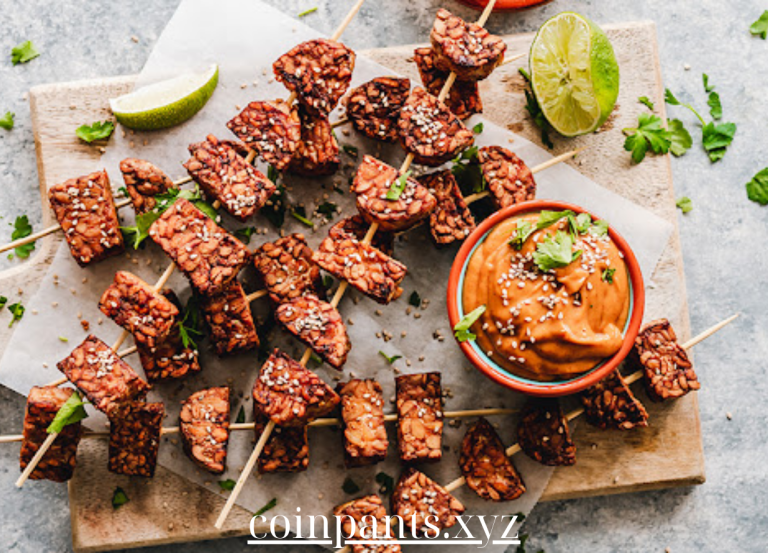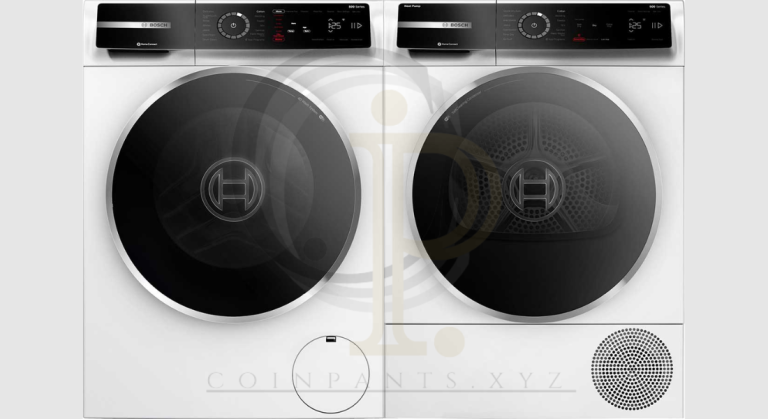
Introduction: The Essence of Vegan Cooking
Vegan cooking is all about harnessing the power of plants to create delicious, wholesome meals. Whether you’re new to a plant-based diet or looking to refine your skills, mastering basic vegan cooking techniques will open up a world of flavors and possibilities. This guide covers essential techniques to help you create tasty, nutritious vegan dishes with ease.
1. Building Flavor with Vegan Ingredients
Sautéing with Plant-Based Oils
Sautéing is a foundational technique in vegan cooking. Using plant-based oils like olive, avocado, or coconut oil, you can quickly cook vegetables, tofu, and plant-based proteins while bringing out their natural flavors. Heat the oil in a pan over medium heat, then add your ingredients, stirring occasionally until they’re tender and golden.
Spice Blending and Seasoning
Spices are essential for adding depth and complexity to vegan dishes. Experiment with spice blends like curry powder, cumin, smoked paprika, and garlic to elevate your meals. For example, cumin and coriander pair well with roasted vegetables, while smoked paprika adds a rich, savory flavor to vegan stews or grilled tofu.
Marinating for Maximum Flavor
Marinating is key to infusing flavor into plant-based proteins like tofu, tempeh, and seitan. Use a mix of oil, vinegar, herbs, and spices to create a marinade, and allow your ingredients to soak for at least 30 minutes to overnight for best results. This technique ensures that even the simplest ingredients are packed with flavor.
2. Mastering Plant-Based Protein Preparation
Cooking Tofu and Tempeh
Tofu and tempeh are staples in vegan diets, and knowing how to prepare them can transform your meals. For tofu, pressing out the excess water before cooking helps it absorb marinades better and achieve a crisp texture. Try pan-frying, grilling, or baking tofu for different textures. Tempeh, which has a firmer texture, can be sliced, marinated, and sautéed for a meaty bite.
Using Beans and Lentils
Beans and lentils are excellent sources of plant-based protein. Cook dried beans by soaking them overnight and simmering them until tender. Lentils, which don’t require soaking, cook quickly and can be added to soups, stews, or salads. Season them with herbs, garlic, and spices to enhance their natural flavors.
Incorporating Plant-Based Meat Alternatives
Many store-bought plant-based meats, like Beyond Meat or seitan, can easily replace traditional animal proteins in your recipes. These alternatives often cook in minutes, and they pair well with various sauces and seasonings. Use them in stir-fries, tacos, or pasta dishes to add protein without compromising on flavor.
3. Perfecting Vegan Baking Techniques
Egg Replacements in Baking
Eggs provide structure in traditional baking, but vegan alternatives like flaxseed, chia seeds, and applesauce work just as well. To replace one egg, mix 1 tablespoon of ground flaxseed or chia seeds with 3 tablespoons of water and let it sit until it forms a gel-like consistency. Applesauce can also be used in sweet recipes like cakes or muffins for added moisture.
Dairy-Free Baking
Swapping out dairy is simple with vegan alternatives. Use plant-based milks like almond, soy, or oat milk in place of cow’s milk, and replace butter with vegan margarine, coconut oil, or nut butter. These substitutes work seamlessly in both sweet and savory baked goods.
Binding and Rising Agents
Baking powder, baking soda, and vinegar are essential in vegan baking for helping baked goods rise. A combination of baking soda and vinegar creates bubbles that add lightness to cakes and cupcakes. Meanwhile, plant-based yogurt and mashed bananas can help bind ingredients together for a moist, cohesive texture.
4. Mastering Vegetable-Based Dishes
Roasting Vegetables
Roasting brings out the natural sweetness and caramelization in vegetables. Preheat your oven to 400°F, toss your veggies in olive oil and seasoning, and roast them on a baking sheet until golden and tender. This technique works well with root vegetables like carrots, sweet potatoes, and beets, as well as cruciferous veggies like Brussels sprouts and cauliflower.
Steaming for Healthier Meals
Steaming is a gentle cooking method that preserves the nutrients in vegetables. Use a steaming basket or a simple pot of boiling water to steam vegetables like broccoli, spinach, or green beans. Once steamed, toss the veggies in lemon juice, olive oil, or a dash of soy sauce for added flavor.
Stir-Frying for Quick and Easy Meals
Stir-frying is a fast, high-heat technique that works well for quick weeknight meals. Use a wok or large skillet, add a little oil, and stir-fry a mix of vegetables, tofu, or tempeh over high heat. Add your favorite sauces, like soy sauce or teriyaki, and serve over rice or noodles for a balanced meal.
5. Sauce Making for Rich Flavors
Creamy Vegan Sauces
Cashews, coconut milk, and tahini are key ingredients for creating rich, creamy sauces without dairy. For example, soaked cashews can be blended into a silky sauce, perfect for pasta, dips, or drizzling over vegetables. Coconut milk adds creaminess to curries and soups, while tahini works well in salad dressings and Middle Eastern dishes.
Vegan Pesto
Traditional pesto contains cheese, but a vegan version can be just as flavorful. Blend fresh basil, garlic, olive oil, nutritional yeast, and pine nuts for a vibrant, plant-based pesto sauce. This sauce can be used on pasta, sandwiches, or roasted vegetables.
Savory Gravies
Mushrooms, miso, and soy sauce make excellent bases for vegan gravies. Sauté mushrooms with onions and garlic, then add vegetable broth and soy sauce for a hearty, umami-rich gravy that pairs well with mashed potatoes or roasted vegetables.
6. Creating Balanced and Nutritious Meals
Combining Whole Grains
Whole grains like quinoa, brown rice, farro, and barley provide a hearty base for many vegan meals. These grains are packed with fiber and nutrients, and they pair well with roasted vegetables, legumes, and sauces. Cook them in vegetable broth for added flavor.
Including Healthy Fats
Incorporate healthy fats from sources like avocado, nuts, seeds, and olive oil into your meals. These fats not only add flavor but also help your body absorb fat-soluble vitamins from plant foods. Drizzle avocado oil over salads, or top grain bowls with a handful of toasted nuts.
Balancing Macronutrients
To ensure your vegan meals are nutritionally balanced, include a source of protein, complex carbohydrates, and healthy fats. For example, a Buddha bowl with quinoa, chickpeas, roasted vegetables, and tahini dressing provides all three macronutrients, making it a satisfying and complete meal.
Conclusion: Elevate Your Plant-Based Cooking
Mastering basic vegan cooking techniques will empower you to create delicious and nutritious meals that even non-vegans will love. From roasting vegetables to crafting creamy sauces, these simple steps make plant-based cooking approachable and rewarding. By experimenting with flavors and ingredients, you’ll soon be creating meals that are not only healthy but also bursting with flavor.
Final Thought
Vegan cooking is an exciting culinary adventure that encourages creativity and exploration. With these basic techniques in your toolkit, you can confidently prepare a wide variety of plant-based dishes that satisfy both your taste buds and your nutritional needs. Start with the basics, and soon you’ll be transforming everyday ingredients into extraordinary meals.






